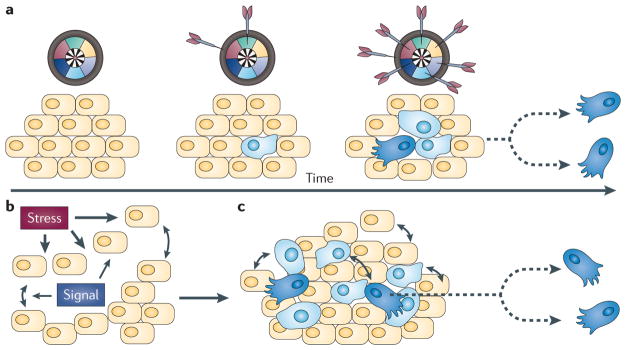Figure 1. An alternative view of cancer development.
a | The traditional view of cancer is as a cell-autonomous result of cumulative genetic mutations. Genes can be conceptualized according to their function as sectors on a dartboard that represent the hallmarks of cancer, and familial or acquired mutations can be thought of as randomly occurring dart strikes. A normal cell (yellow) can acquire a mutation (blue) that, for example, confers self-sufficiency in growth signals. As the progeny of the mutated cell expand, some daughter cells acquire additional mutations. Daughter cells displaying a full complement of hallmark lesions (dark blue) are malignant and capable of rapid proliferation and dissemination. b,c | An alternative view of cancer as a collective stress response. b | Stress emanates from a source, creating stressful conditions that are localized in space and time. This in turn induces ‘normal’ cells to exchange stress signals in regions of high stress. c | These stress signals orchestrate the display of multiple adaptive phenotypes that are traditionally considered ‘abnormal’ and can include rapid proliferation and tumour cell dissemination. Normal and abnormal cells can coexist. Part a is modified, with permission, from REF. 1 © (2000) Elsevier Science.

